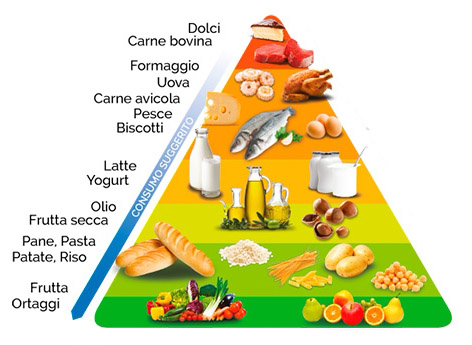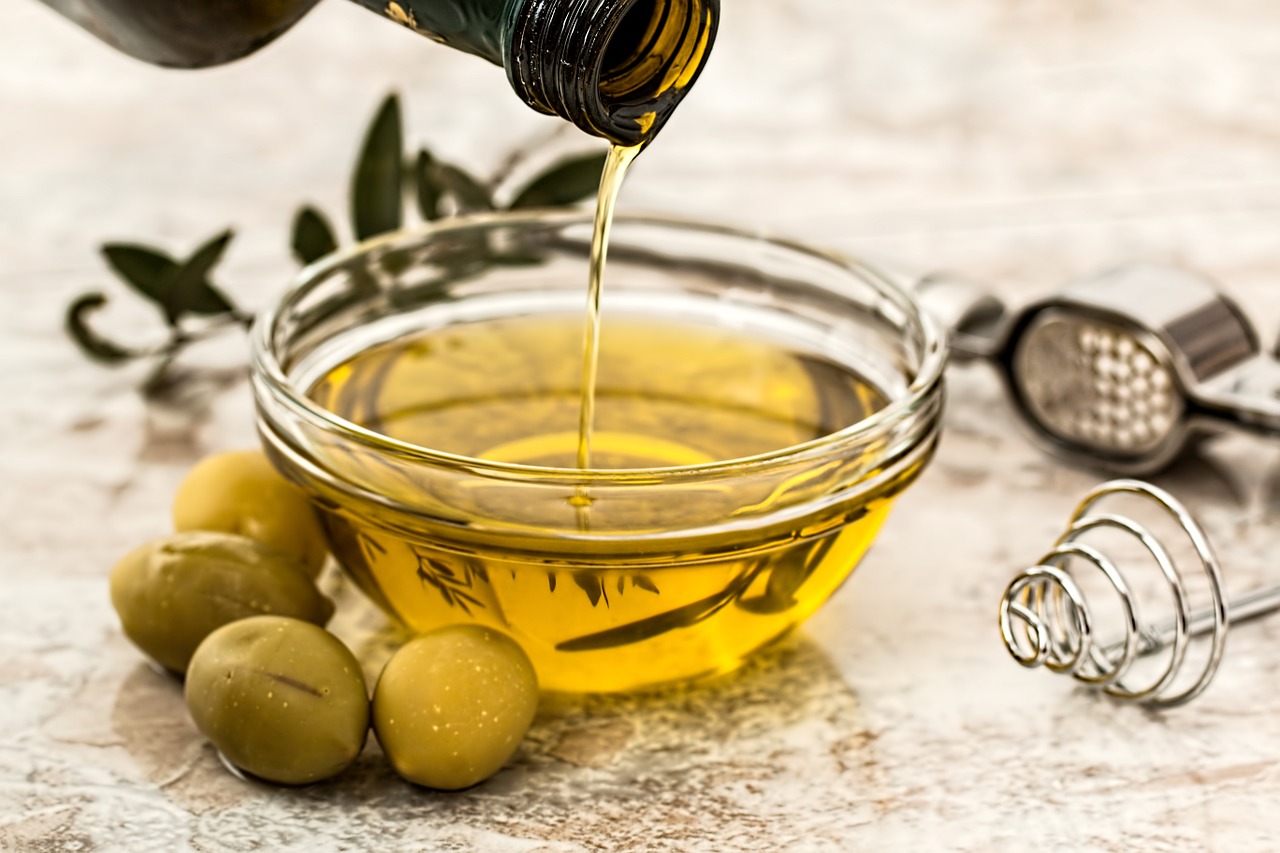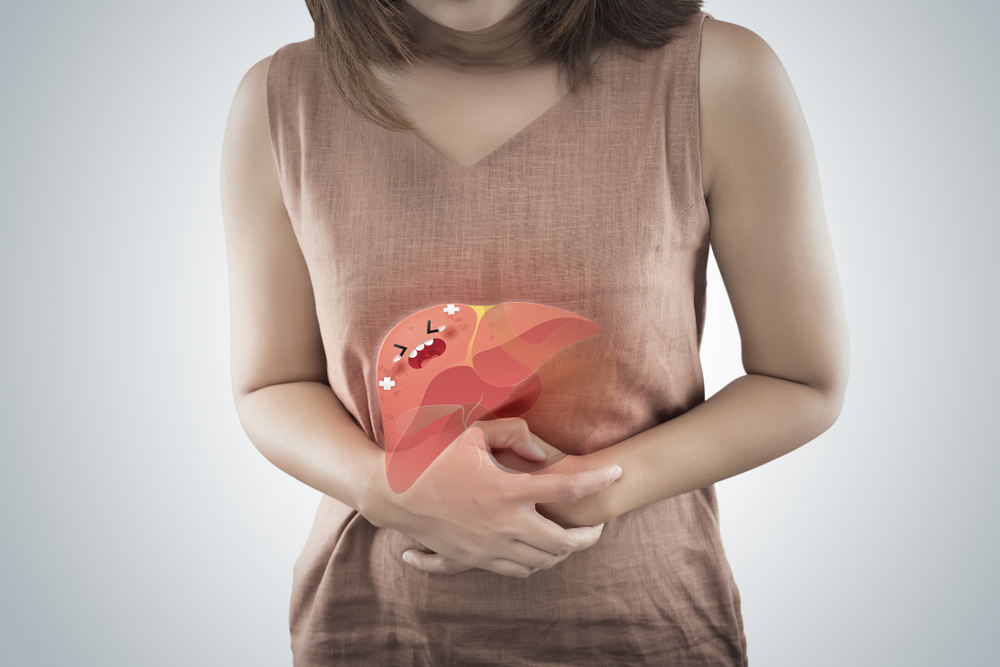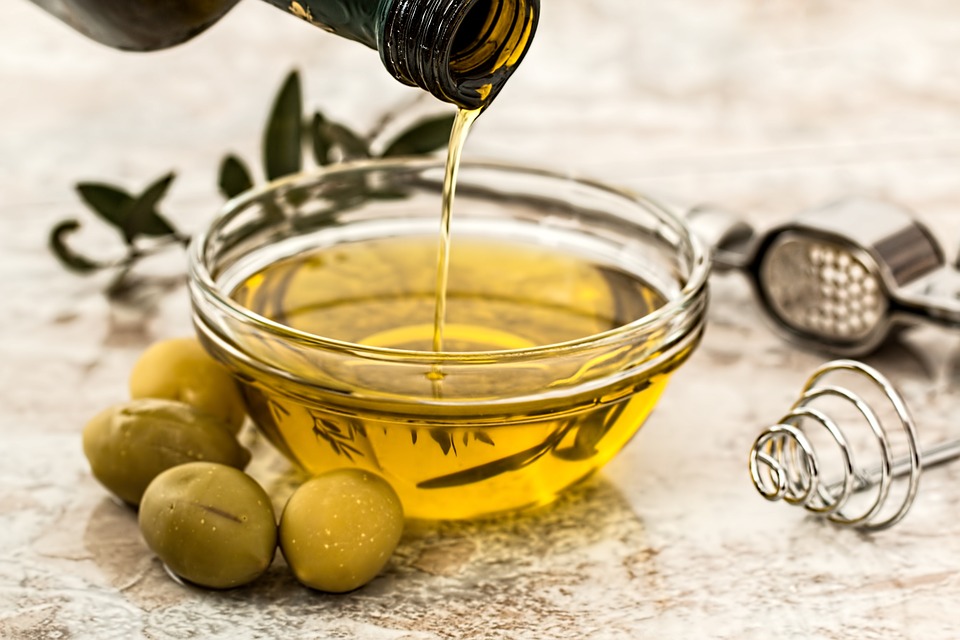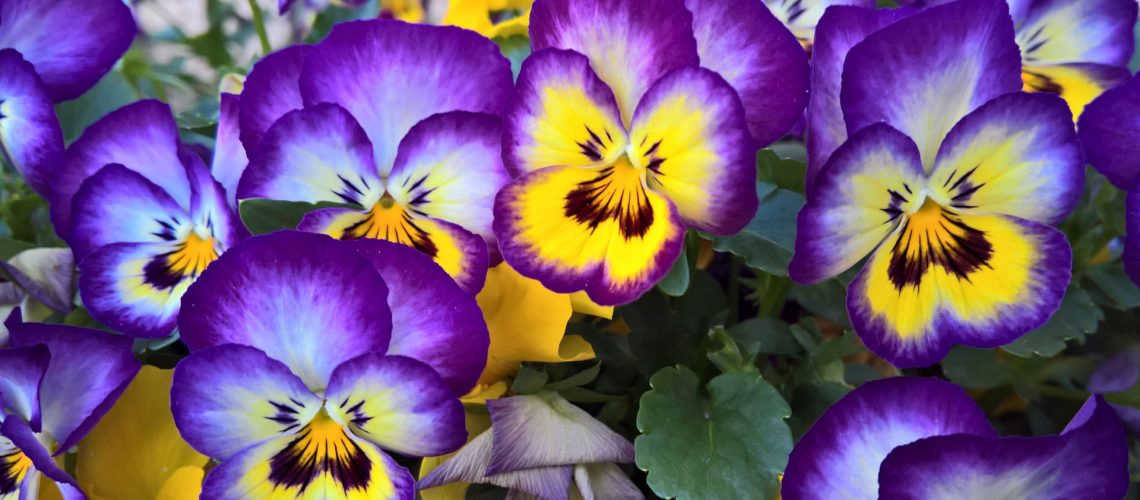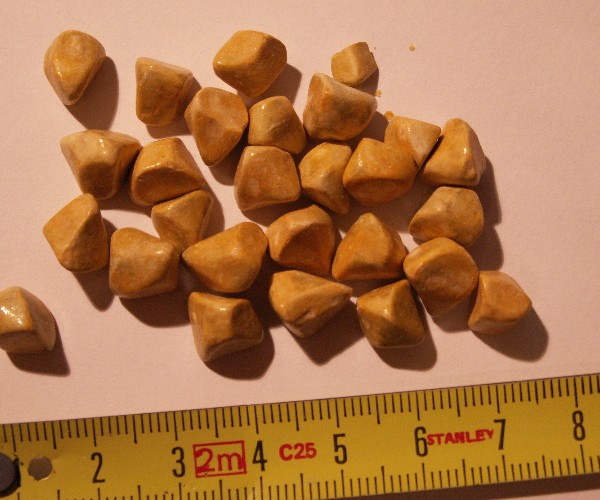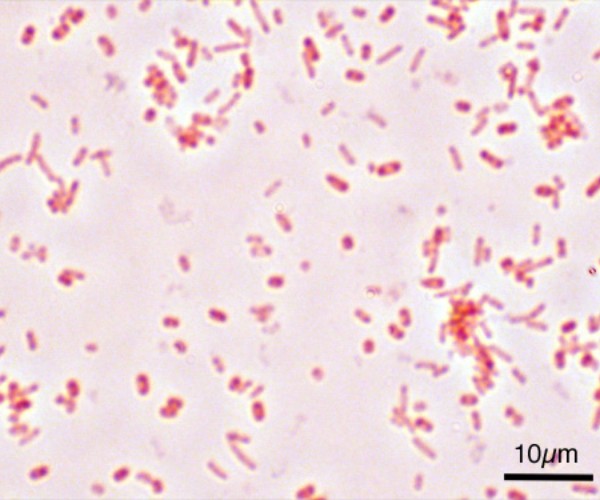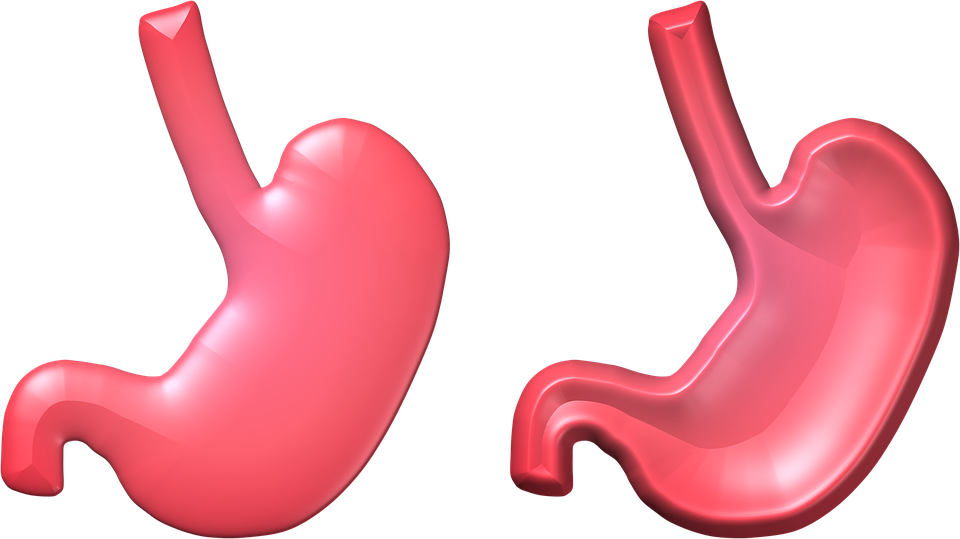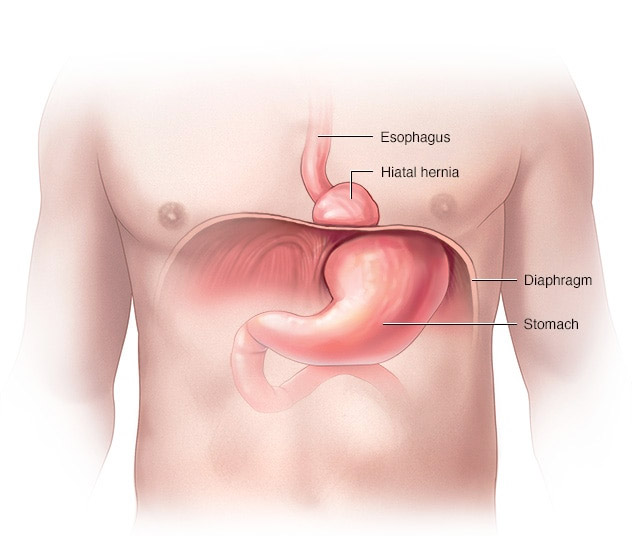Its colors are bright, brilliant, and varied: from white, blue, yellow, orange, pink, and red, sometimes found within its large petals in different shades and hues. Have you guessed which flower we are talking about? It is the pansy, also called Pansy, made even more popular by the song of the same name sung by Renato Carosone, written by Gigi Pisano and by Furio Rendine, which is still in vogue today.
Where it makes a fine display. Pansy grows easily just about everywhere, even adapting to mountainous and lowland terrain. But its true origin is ‘ubiquitous’: Europe, North Africa, temperate parts of Asia are just a few places where it can be found most frequently. Viola tricolor grows wild in Italy. Other peculiarities of his? It is a very long-lived herbaceous plant, averaging 20 centimeters in height but can reach up to 35 cm, and belongs to the Violaceae family. It is defined as a biennial plant, depending on its double flowering: the first between November-December, the second in the following spring; this allows it to be able to have flowers almost all year round, except during periods when temperatures are very high or drop below freezing. In fact, Pansy starts growing in late summer and continues to throw during mild winter periods, offering the ultimate floral explosion in spring. The flowers can be different colors depending on the variety, with a dark center usually black, consisting of 5 petals: 4 facing upward, usually the largest, and the fifth facing downward. The leaves, on the other hand, are borne by slender herbaceous twigs, have an ovate-lanceolate or rounded shape and a deep green color. It is called a biennial plant, partly because the biological cycle is accomplished in two years.
You will be curious to know that…
The pansy has been known since ancient times, it was cultivated by the Greeks and Romans who used it to brighten gardens and decorate banquet tables, and ‘in literature’ it is mentioned by Shakespeare in “Hamlet” among the flowers Ophelia offers her brother.
In relation to the ‘language of flowers’ that ascribes to each species a symbolic meaning, mainly related to an emotion, an emotional predisposition, the pansy embodies positive thoughts, sweet memories, but also a nostalgic and beautiful past. We usually refer to it to express reflexivity, remembrance, tender love, romance, precisely because the violet is a shy, elegant and suave flower, therefore also a symbol of humility and modesty. Purple is a perfect gift suitable for any occasion, even to the beloved. In fact, the plant is a symbol of lovers: given to the loved one its meaning is one-way, “think of me.”
It is not just a flower. In fact, the pansy is edible-that is, it can be eaten-as long as the flowers come from crops made specifically for human consumption, with no (or very little) use of harmful pesticides and other harmful substances. Easily found in pastry or candied cakes, as well as sugar-coated to suck on. In cosmetics, on the other hand, essences extracted mainly from pansy, violet mammola, and violet tricolor are used to make purifying creams and aromatic and fresh perfumes. But it also has therapeutic actions that you can discover.
As many as its colors. Indeed, there are many more varieties of the pansy: those on the market are the result of multiple selections, hybridizations and crosses from wild species originating in the Northern Hemisphere, namely among Viola tricolor, Viola cornuta, Viola gracilis and Viola lutea or even Viola x wittrockiana or Viola tricolor hortensis.
Cultivation . Another ‘nice’ side of the pansy is the fact that it is easily grown in pots and planters, in the garden, on the balcony or wherever you like, even on a window sill where it softens the environment. Only small and easy care is needed:
- Soil: there are no special needs, as long as it is fertile and well drained. The general recommendation is to bury them in a universal potting soil mixed with sand. So plan to mix 1/3 garden soil and 2/3 planter soil. An essential factor is good drainage, to prevent water stagnation that causes violets to rot.
- Exposure: depends on the growing season. In autumn it should be placed in bright, sunny places while spring-flowering seedlings should be placed in semi-shaded places to prevent direct sunlight from burning leaves and flowers. Therefore, the best ‘place’ to grow them is in pots, to be easily moved from one area to another according to the seasons. Be careful of windy places and drafts-they are unbearable for the pansy to differences in hot and/or cold temperatures that can also be tolerated.
- Watering: on average, violets should be watered every 10 to 15 days, depending on the season. In winter, watering will be sparser, taking care to let the substrate dry slightly before watering again. As a general guideline, it should not be allowed to dry out completely during the growing season nor during flowering, but neither should the soil be over-watered.
Fertilization. The soil should be treated every two weeks with a fertilizer preferably dedicated to blooms, to be used at very low doses. To stimulate flowering, specific liquid fertilizer for flowering plants can also be administered every month, which should have an adequate supply of potassium (K) and phosphorus (P), appropriately diluted in the watering water.
Multiplication of the violet of thought. It can be by seed and by cuttings.
- Sowing: seeds should be spread by hand on a mixed substrate consisting of a bed of crocks or gravel so that there is good drainage, and then covered with a light layer of sand. The seedbed should be wrapped with a clear plastic sheet and placed in a dark place and kept there at a constant temperature of about 18°C (64°F) until germination is complete. Seedlings need to be allowed to harden before being permanently planted. Planting should preferably be done in the spring, but if you want to have a flowering at this time of year, it is necessary to advance planting to midwinter. If this is not possible, know that seedlings ready to be planted in pots, flower beds, or open ground are also readily available in the market.
- Cuttings: side shoots of cuttings should be ‘harvested’ in early summer by cutting them with well-sharpened and disinfected scissors. After that, they should be buried in a box containing potting soil mixed with an equal amount of sand, which should be kept moist at all times until the cuttings root, placing it in a shady area until new leaflets appear. This technique is indicated if you want specimens that are genetically the same as the parent plant.
Transplantation. Only when the seedlings have eradicated and developed at least 2-3 leaves is the ‘good’ time to plant them in the ground or in pots. Transplanting should be done a few cm deep, in holes about 10-15cm apart to ensure harmonious development of the seedlings and thus achieve copious flowering. To further enhance the beauty and elegance of the pansy, one might weigh planting them with other spring-flowering plants such as freesias, daffodils, tulips, hyacinths, and muscari.
Repotting. It should be done at the end of winter using a larger container than the previous one and soft, light, fertile, well-drained soil mixed with some sand to promote water drainage. How to take action? The violet should be gently removed from the container and buried in a hole twice as wide and deep as the breadth of soil surrounding the roots. After this operation, the soil should be compacted up to the plant’s collar and finally watered moderately. Preferably choose earthenware containers that allow air to pass through.
Pruning or topping. To encourage the emergence of new sprouts, it is necessary to top off withered stems and remove wilted flowers.
***
Pests and diseases. Pansies are hardy plants, but this does not prevent them from being attacked by various pests: black aphids, slugs that prey on shoots, whitefly, gray mold, and false powdery mildew. While among fungal diseases, the most common is root rot, caused by water stagnation. So what care and treatment should be given to avoid these harms? You will need to make sure that there is never water stagnation, not to wet the leaves, and to water the seedlings sparingly. Another important guideline is to remove wilted leaves to prevent them from being vehicles for fungal diseases. Treatments with specific products should be made only when actually needed, spraying the leaves with nettle or garlic pesticide, for example, in case of aphids.



